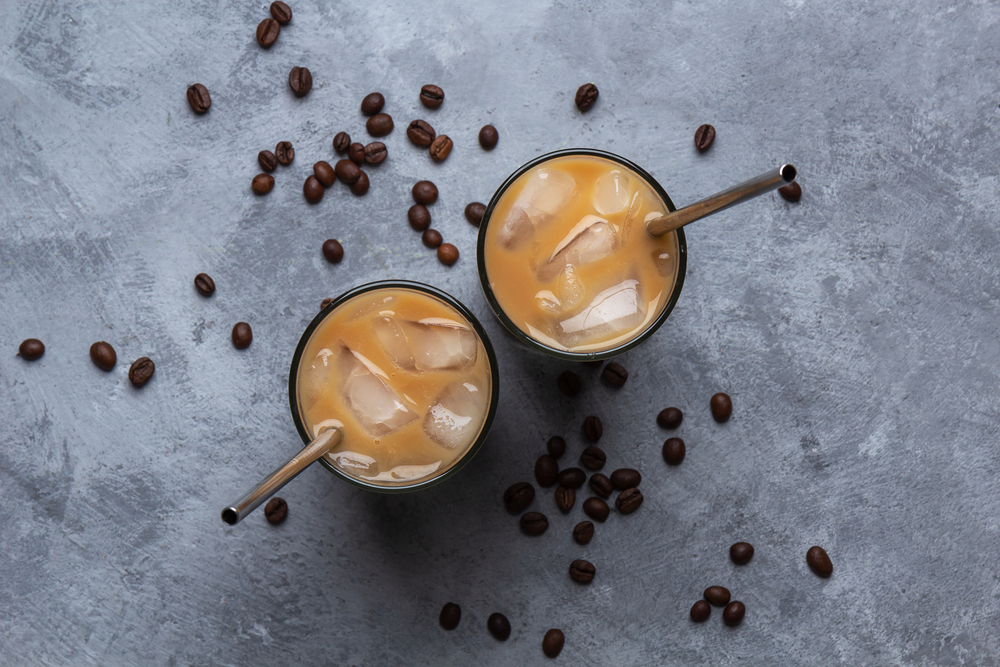Espresso, the darling of the coffee world, packs a powerful punch within its tiny cup. But what exactly goes into making this beloved beverage? Let’s take a deep dive into the process of making espresso, and demystify its petite size, the tamping process, ideal flow rate, and the essential variables in brewing.
How is an Espresso Made?
Creating espresso is both a science and an art, involving a careful combination of elements. First, high-quality coffee beans are ground to a consistency resembling table salt. Approximately 7-9 grams of this coffee is then placed in the espresso machine’s portafilter.
The coffee grounds are tamped, or pressed down, creating a uniform surface that ensures even extraction. The portafilter is then attached to the machine, and hot water at high pressure (approximately 9 bar) is forced through the compacted coffee. The process typically lasts 25 to 30 seconds, producing a 25-30ml ‘shot’ of espresso, topped with a layer of rich, golden crema.
“The beauty of espresso lies in its complexity. From grind size to extraction time, every element works together to create this flavorful symphony,” a master barista says.
Why is Espresso So Small?
The small volume of an espresso shot is a direct result of the brewing process. The high-pressure, short-duration brewing extracts a concentrated, full-bodied beverage, bursting with flavor. The extraction targets the most desirable compounds in coffee, leaving behind the elements that might contribute to bitterness or acidity. The small size delivers a potent coffee experience, encouraging slow sipping and appreciation of the complex flavor profile.
Can You Tamp Espresso Too Hard?
Tamping espresso is an essential step, ensuring an even, firm bed of coffee through which the water can flow at a steady rate. However, there’s a sweet spot when it comes to tamping pressure.
The ideal tamping pressure is usually around 30 pounds of pressure. Applying too much force when tamping can lead to over-compaction, slowing the water flow and potentially resulting in over-extraction, making the coffee taste bitter. Conversely, tamping too lightly could lead to under-extraction, causing the espresso to taste sour or weak. Therefore, the right tamping technique is critical to balance the espresso’s flavor.
What is the Best Flow Rate for Espresso?
Flow rate refers to the speed at which the water passes through the coffee grounds. It’s a key factor that affects the quality and flavor of the espresso. A typical flow rate is about 1-2ml per second, leading to a total shot time of around 25-30 seconds for a 25-30ml espresso.
A slower flow rate could mean the grind is too fine, or the coffee has been over-tamped, which may lead to over-extraction. Conversely, a faster flow rate could indicate a coarse grind or light tamp, potentially causing under-extraction.
What are the Three Main Variables of Espresso Brewing?
Perfecting the art of espresso involves balancing several variables. The three main variables are:
- Grind Size: The size of the coffee particles significantly affects extraction. Finer grinds offer more surface area for extraction, but if too fine, they can impede water flow. Conversely, too coarse a grind may lead to a weak, under-extracted espresso.
- Dose: This refers to the amount of coffee used. The standard dose for a single shot of espresso is 7-9 grams. Too much coffee can result in over-extraction, while too little can cause under-extraction.
- Extraction Time: The time that water is in contact with the coffee is crucial. Too long can result in over-extraction, pulling unwanted bitter compounds from the coffee, while too short an extraction time can leave the espresso tasting sour and under-extracted.
In conclusion, creating an espresso is a fascinating process that involves precision, skill, and an understanding of the underlying science. Mastering these aspects of espresso production allows baristas and coffee lovers alike to produce a drink that, despite its small size, offers a rich and complex taste experience.



